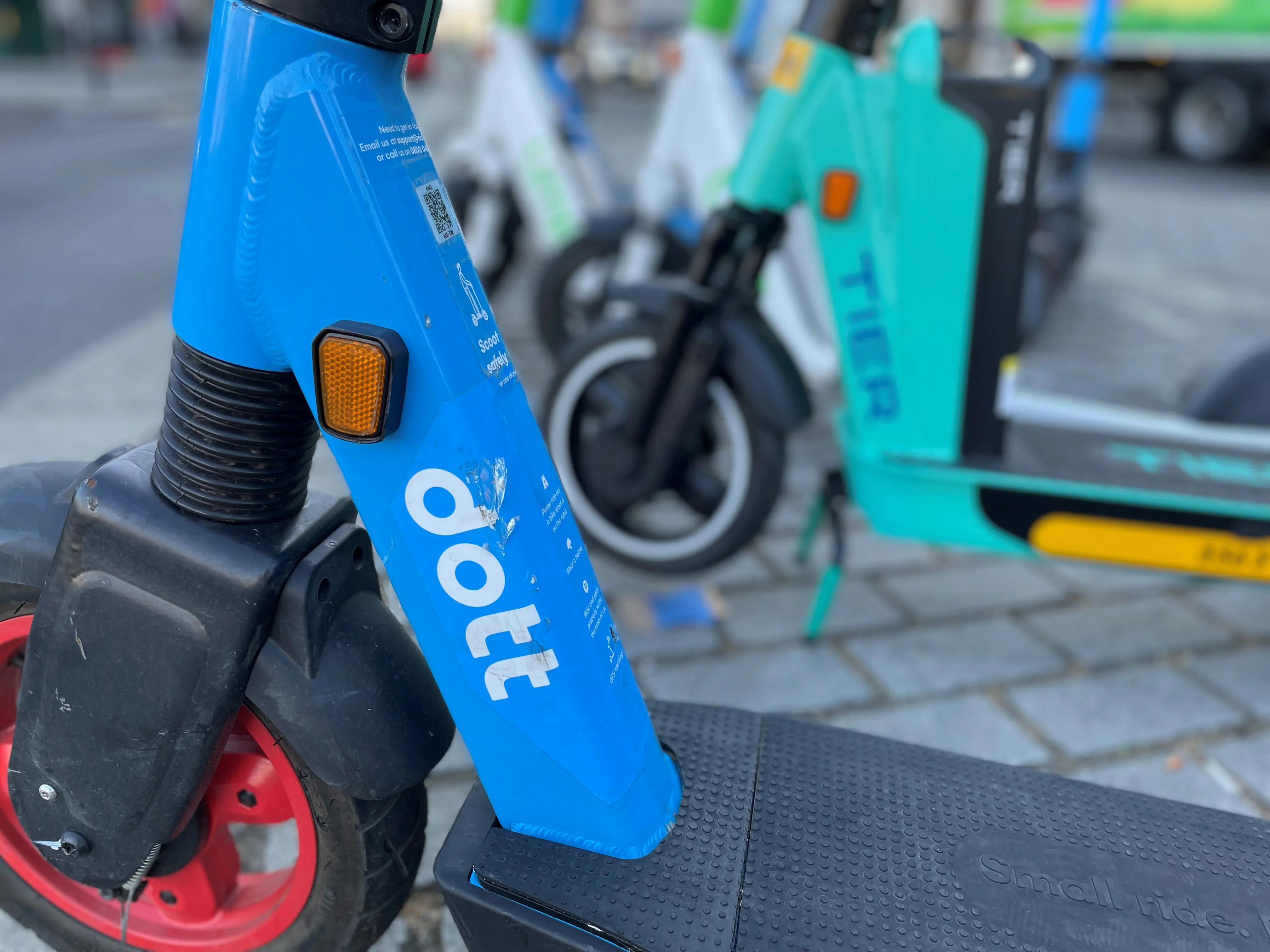Lime, formerly Limebike, will make its Segways available to citizens in Los Angeles, San Diego and the San Francisco Bay Area next month. The company says the models come with highly visibility lighting and a maximum speed of 18mph.
May 21, 2018
Read time: 1 min
Lime, formerly Limebike, will make its Segways available to citizens in Los Angeles, San Diego and the San Francisco Bay Area next month. The company says the models come with highly visibility lighting and a maximum speed of 18mph.
The release of the Lime-S Segway is part of an agreement with the manufacturer. These scooters cost $1 to unlock and $0.15 per minute to ride.







